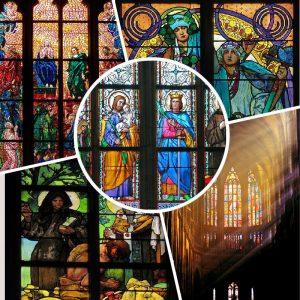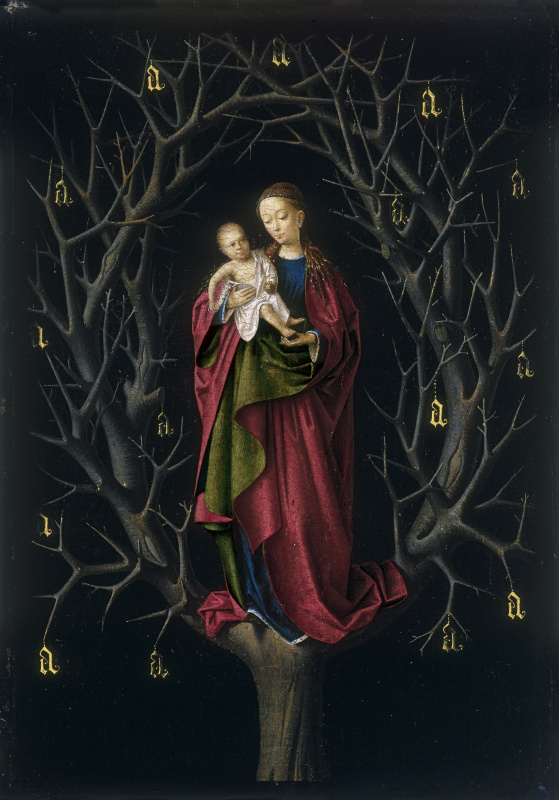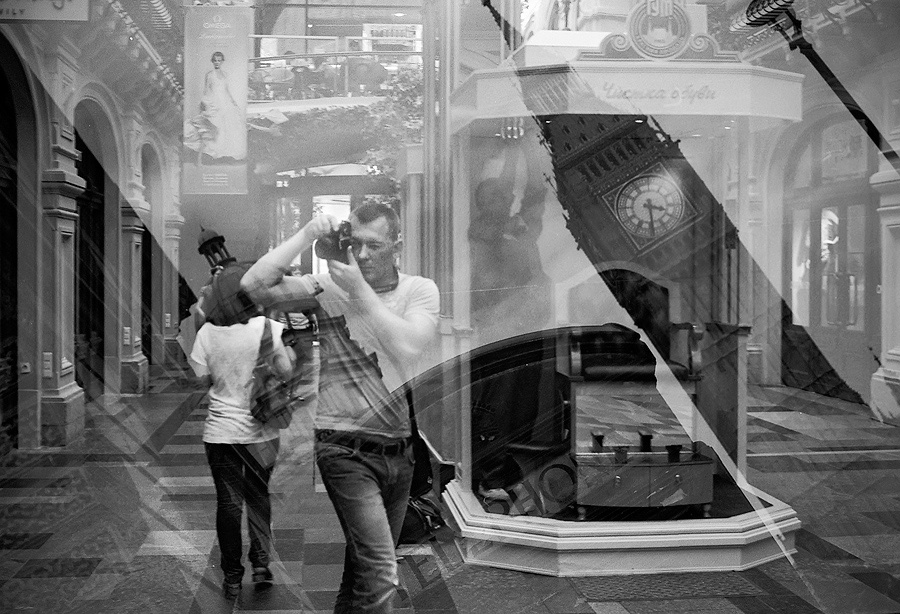idea emerged
PORTRAITS as a mirror of the soul
 Portrait is a realistic genre depicting a person or a group of people existing in reality. The portrait – in French reading – portrait, from the old French portraire – “to reproduce something the line in line”. Another facet of the name of the portrait lies in the outdated word “parsuna” – from the Latin. persona – “personality; individual”.
Portrait is a realistic genre depicting a person or a group of people existing in reality. The portrait – in French reading – portrait, from the old French portraire – “to reproduce something the line in line”. Another facet of the name of the portrait lies in the outdated word “parsuna” – from the Latin. persona – “personality; individual”.
The origin of the term “portrait”
The Frenchman Andre Felibien (1619 – 1695), the official court historian of King Louis XIV, was the first to suggest that the word “portrait” be the images of exclusively “human beings”, thereby separating man from the animal and plant worlds.
The origin of the portrait genre Continue reading
Who, where, when: guide to the thin ice of stained glass
 Which of the great artists engaged in stained glass art? Where, looking out the window, you can see the picture, through which the light penetrates? Gaudi, Fly, Chagall, Tiffany and not only – the messengers of the rainbow on Earth.
Which of the great artists engaged in stained glass art? Where, looking out the window, you can see the picture, through which the light penetrates? Gaudi, Fly, Chagall, Tiffany and not only – the messengers of the rainbow on Earth.
There are many stained glass techniques, but the main ones that have passed through the centuries are two. The first is the fastening of colored glasses with lead straps. It was used in Germany and France in the era of the Gothic (XII-XVI century.) The second – the application of special paint directly on the glass. It was actively used in the Renaissance (from the 16th century). Modern stained glass artists often use the second option, but everything depends on the taste and style of the author – the technique, as we said, is numerous. Continue reading
ART-TALK: DIMA MIKITENKO
 We continue a series of author interviews from representatives of the newly inspired team of the Odessa Art Museum: the curator Masha Zeloleva and PR-shchika Hera Grudeva. As part of the project, our heroes, who are directly part of the Ukrainian art sphere, share their thoughts on contemporary art, its role in Ukrainian society and the iconic works of the Odessa Art Museum. This time Masha Zeloeva spoke with artist Dima Mykytenko, who in his works combines arbitrary forms with graphic elements, creating his own visual poetry. Continue reading
We continue a series of author interviews from representatives of the newly inspired team of the Odessa Art Museum: the curator Masha Zeloleva and PR-shchika Hera Grudeva. As part of the project, our heroes, who are directly part of the Ukrainian art sphere, share their thoughts on contemporary art, its role in Ukrainian society and the iconic works of the Odessa Art Museum. This time Masha Zeloeva spoke with artist Dima Mykytenko, who in his works combines arbitrary forms with graphic elements, creating his own visual poetry. Continue reading



